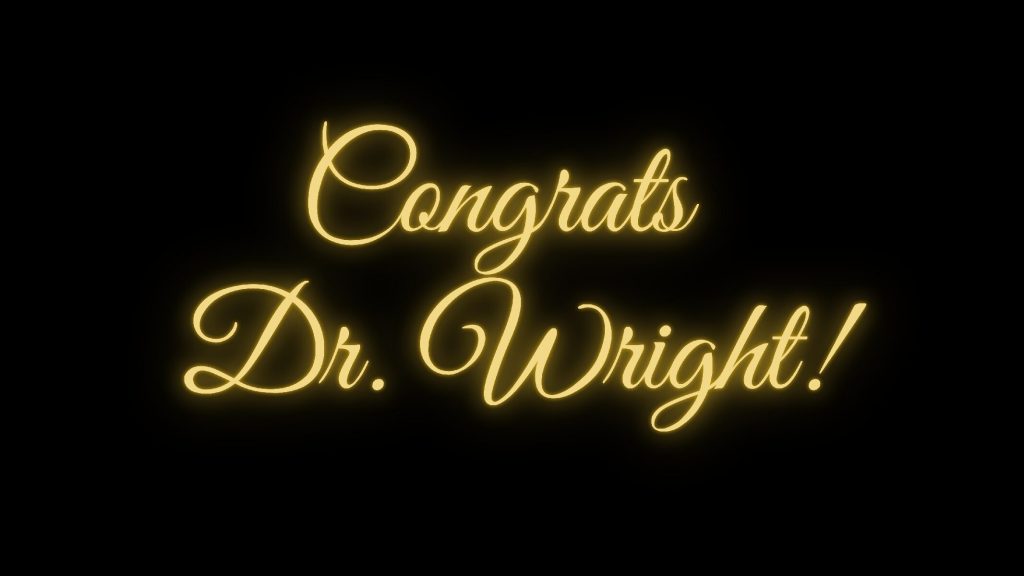Managing Withdrawal
Various means have been employed to help in the discontinuation process. Abrupt cessation is not recommended for those who have been taking the drug for more than four weeks. In fact, it can be dangerous, resulting in seizures and death. Tapering is far safer and more likely to be successful. This can take a long time, and it may be best to plan for an 18-month process – sometimes longer – particularly if benzodiazepines have been taken for a long period of time. Many factors must be considered in establishing a deprescription plan, but a detailed best practices evidence-based tapering guide that is tuned specifically to benzodiazepines can be found HERE.
Preparation is critical. Patients typically need a lot of support from family, friends, and ideally, peer coaching. Informed consent means all involved – including the physician – should know and understand what to anticipate and the nature of the process – all established through shared decision-making. Expect bumps along the way that require adjustments. The use of Cognitive Behavioral Therapy (CBT) can be valuable, and adjunctive medications (see list) may be considered.
If not already using a long half-life benzodiazepine like clonazepam or diazepam, transitioning to an equivalent dose (see Table) of either of these agents prior to tapering often allows for a smoother tapering process. Diazepam, in particular, because of its dosing options, is a good choice. When undergoing a taper, patients often experience an increase in symptoms after each reduction in dosage. Sequential reductions can be made periodically as long as the patient has a pause in the intensity of the withdrawal symptoms between reductions. Avoid formulaic plans which reduce the dosage to zero in a fixed amount of time. Patient compliance rates are increased and patient discomfort is reduced when you factor in the patient’s experience and adjust the taper rate accordingly.
When opioids are tapered, short-acting forms of those medications can be added to ameliorate the withdrawal symptoms while the long-acting opioids are decreased over time. This strategy, however, is not recommended for benzodiazepines because of a central nervous system process called kindling. Though not well understood, it appears that benzodiazepine exposure “primes the neurophysiologic pump” such that for some individuals following dose reduction, periodic additional “as needed” doses may light the fire of withdrawal symptoms, making subsequent reductions more difficult.
In another clinical circumstance of kindling, there are patients who, having had minimal if any withdrawal symptoms, have far worse withdrawal severity if they restart benzodiazepines and attempt to stop again. This can get worse time and again with each attempt at discontinuation after re-initiation. Such a phenomenon is also seen in some individuals with alcohol problems in which such kindling is better understood.
It is as if the nervous system has a “memory” of the withdrawal(s) and/or damage from a substance like benzodiazepines. This “memory” of prior withdrawal(s) and/or damage somehow remains “imprinted” within the nervous system. Subsequent withdrawals and/or damage are worse because the nervous system “recalls” that it has been sensitized or damaged in prior withdrawal(s) in an accelerated fashion with an intensification of anxiety, fear, cognitive impairments, and other psychological symptoms. Indeed this process may well be the etiology of the increasing difficulty persons face the longer they continue to use benzodiazepines, even if only episodically.
Currently, it is not known how to predict who might experience such nightmare scenarios. Consequently, it underlines the importance the following recommendations whenever possible:
- Limit initiation of benzodiazepines,
- Limit duration of benzodiazepine use,
- Avoid the use of as needed or “prn” benzodiazepines during the tapering process, and
- Avoid re-initiation of benzodiazepines after complete discontinuation.
Indeed, prescriber adherence to prescription guidelines for benzodiazepine use would negate most of the risk of kindling, except for a minority of patients who develop physiologic dependence within a period of time shorter than 4 weeks. In turn, this would in most likelihood minimize the enormous burden of what could be termed benzo-brain injury experienced by far too many.
There are several good references for methods to come off of benzodiazepines. The best place to start for both prescribers and patients is the Ashton Manual, to date the best and most complete work on the subject. However, tapering is a very individual process. Some people can taper per the plans in the Ashton Manual, while others find that, in order to avoid debilitating symptoms, they must taper more slowly than what the manual recommends. Many other resources are available at the For Prescribers and For Patients pages in this website, and all are encouraged to explore this website’s extensive library of articles that are divided by topics. To access the reference library, which provides links to over 1000 benzodiazepine-related scholarly papers, click here.


